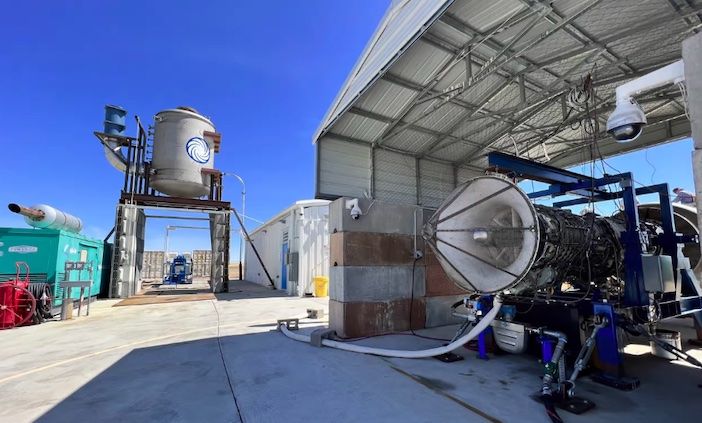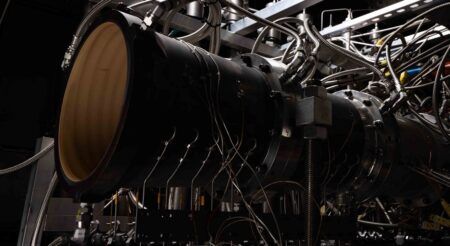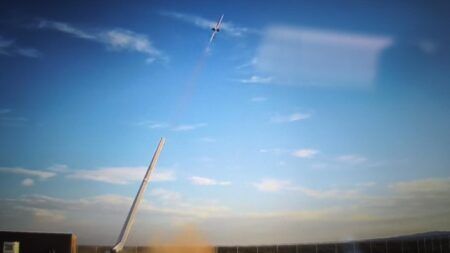UK-based Reaction Engines is testing its high-Mach air breathing engine technology with the US Air Force.
The testing campaign, which started last week aims to expand the performance envelope of Reaction’s propulsion technology, specifically the thermal management technology. The program will validate Reaction Engine’s precooler technology so it can be used to upgrade current generation fighter jets to travel at speeds faster than Mach 4.
The precooler reduces the temperature of the air going into the engine at high flight speeds, preventing overheating and enabling the air to be used as oxidizer
The new test campaign aims to build upon the success of the previous HTX test program of the Reaction precooler by significantly increasing the delivered air mass flow rate and other test parameters which will result in a three-fold increase in the total energy transfer through the engine heat exchanger.
The planned test points for the FCT tests were selected to be characteristic of the integration of Reaction Engines thermal management technology with jet engines.
Andrew Piotti, the engineering manager for Reaction Engines US said, “The exciting outcome that I am looking forward to over the coming weeks is the validation that our technology could enable current jet engines to operate from take off up through Mach 4 and beyond.”
The Reaction Engines US team has been making steady progress since contract award in mid-2021. The tripling of the planned heat load triggered the need for several system upgrades to the company’s TF2 high-temperature test site at the Colorado Air and Space Port and the team has rapidly progressed through all design milestones and integration of new hardware.
“Our unique ability to achieve high-Mach relevant propulsion test conditions on the ground really lets us move fast and affordably,” observed Dr. Adam Dissel, president of Reaction Engines US, “I am so proud of the innovation and drive evident in this combined Reaction Engines and Government team and I know they will keep performing now that the heat is on!”
The program is being funded through the Foreign Comparative Testing (FCT) Program at the Department of Defense and supported by the Air Force Research Laboratory (AFRL).
William Reed, US Air Force FCT manager said, “FCT demonstrates US commitment to a ‘two-way street’ for defense procurements with both allied and friendly nations. Reaction Engines technology is world-class and is a great fit for the FCT program.”
Reaction Engines was founded in 1989 and has been developing its SABRE (Synergetic Air-Breathing Rocket Engine) to operate in two modes. From take-off to Mach 5, while still within the atmosphere, the engine sucks in air like a conventional jet engine, to support combustion of the hydrogen fuel.
Once above the atmosphere, SABRE switches to conventional rocket mode and uses liquid oxygen (LOX) stored on board. The engine’s air-breathing characteristics reduces the amount of heavy LOX a launch vehicle has to carry.
Related stories
Reaction Engines spin out will develop device to enable ammonia’s use as jet fuel





